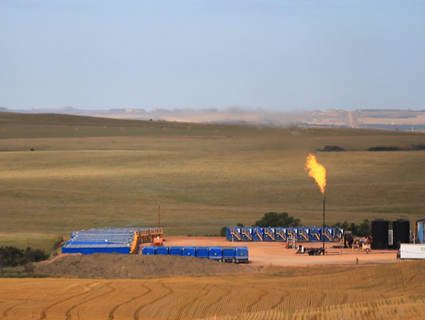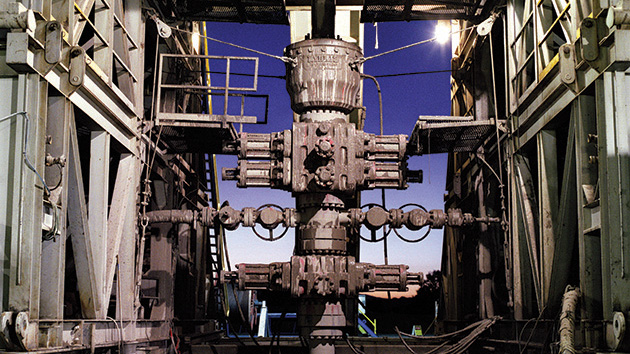North Dakota native Sarah Christianson has made a career out of photographing her home as only a local can—with a keen eye to subtleties and nuances in the landscape that make a place like the plains so beautiful. Christianson’s past work focused very close to home. In her first book, By Friday Morning, Christianson said goodbye to her grandfather by documenting the mile-long drive between her grandparents’ farm and the cemetery where he was buried. Last year’s highly praised Homeplace (Daylight, 2013) documents the 1,200-acre farm on which she was raised. Her parents are the fourth and last consecutive generation to farm the land. The plaintive black and white photos frankly, but lovingly, convey the no-nonsense plains farmers’ lifestyle. It’s a world away from the splashy wild west atmosphere of the boom towns that’ve sprung up around drilling sites.
Still focusing on her home state, Christianson’s newest body of work examines the current oil and gas boom in North Dakota, along with the remnants of booms past. In addition to stepping away from photographing more personal spaces, When the Landscape Is Quiet Again is the first project Christianson has shot in color.
And while the color palette and subjects have broadened, Christianson’s photos still have a strong, careful, quiet presence to them. A lot of the beauty in a place like the Plains is exceptionally subtle. These photos capture that stillness that just washes over you and juxtaposes it with the scarring interruption of drilling operations.
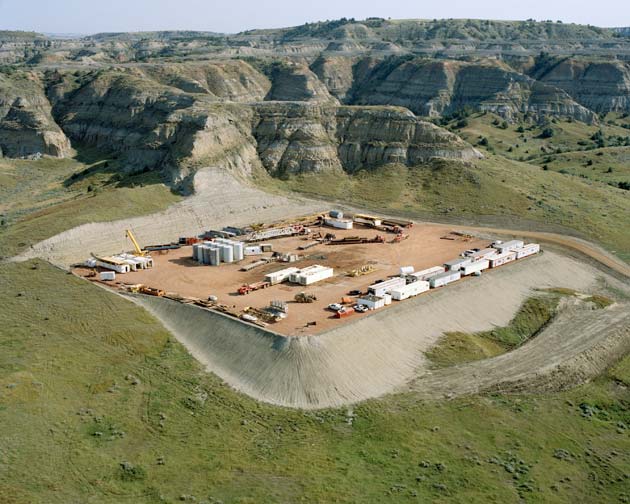
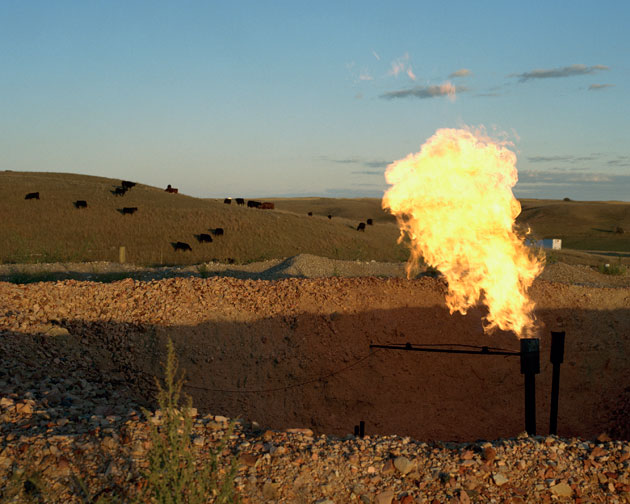
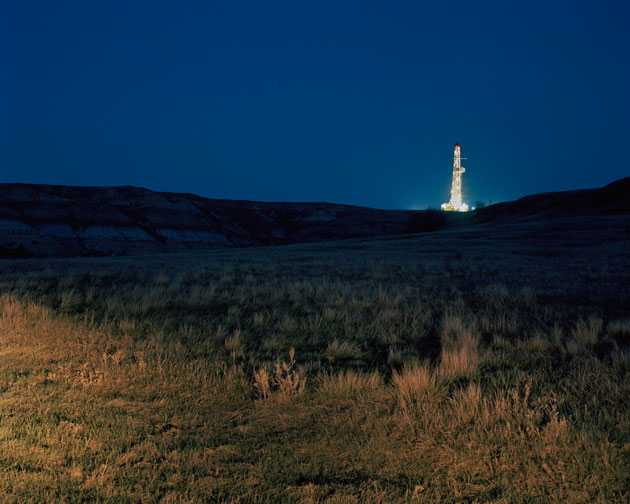
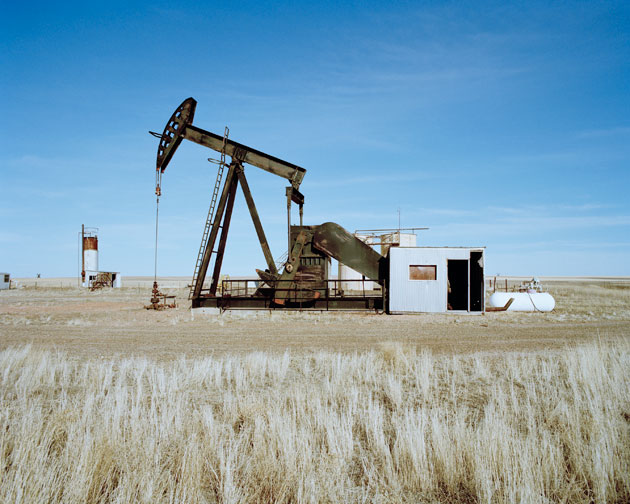
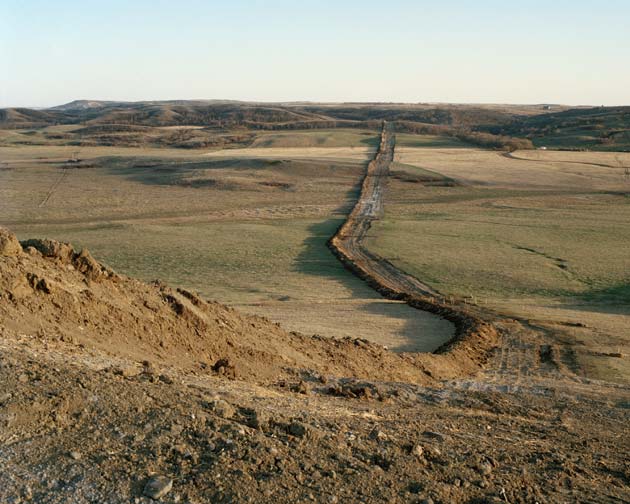
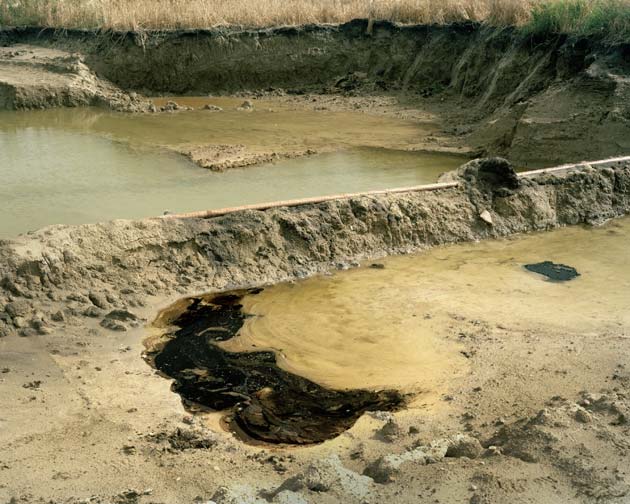
When the Landscape Is Quiet Again will be shown for the first time at SF Camerawork in downtown San Francisco, from February 12 to April 19, 2014, with an opening reception on February 13.



